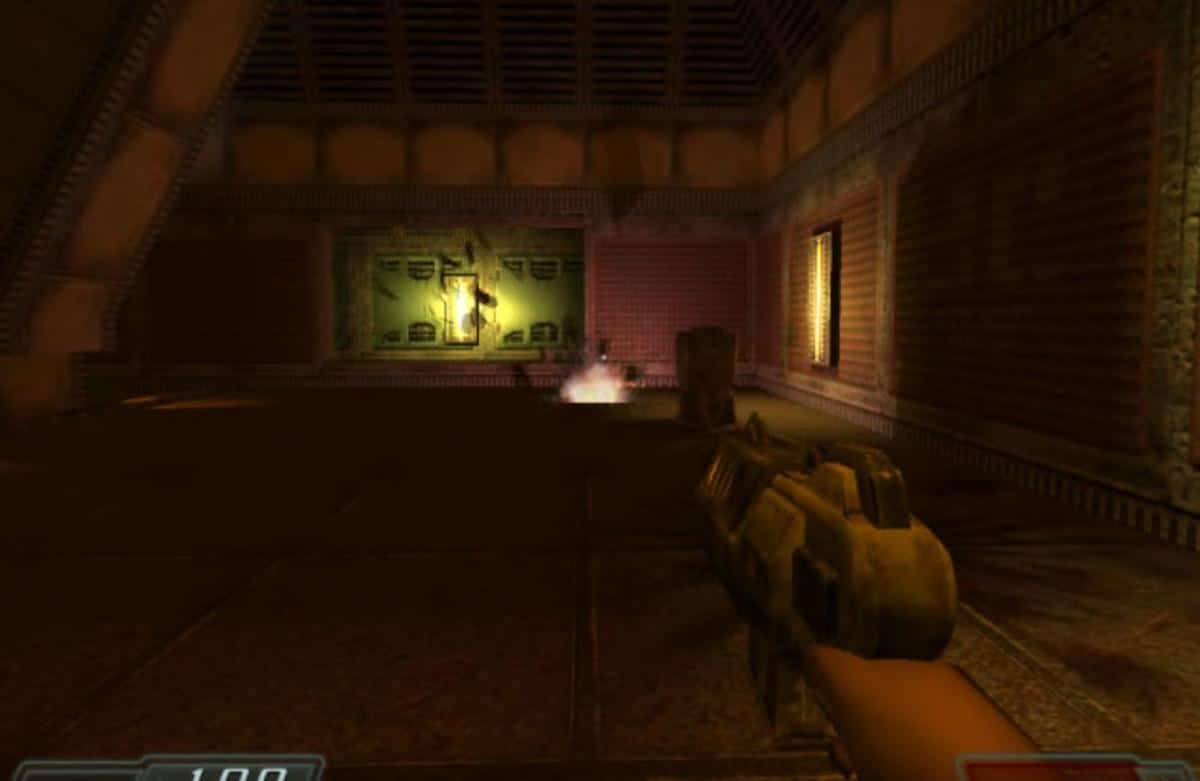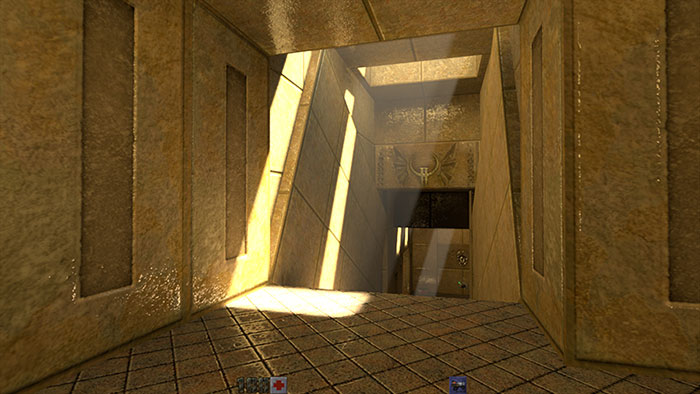Quake 2 High Res

BF5 applies ray tracing extremely selectively: they only trace light for some glossy and specular surfaces. Most of what you see on screen is still rasterized traditinally in that game, meaning, using some 30 to 40 different hacky methods and approximations to make it look good.Q2VKPT is different in that it does no traditional rasterization at all for the 3d graphics (only the HUD graphics are rasterized). The rest is path traced with multiple reflections even for the diffuse surfaces. Gta vice city bangla mod. Because of this purity in its approach it is quite unique.QVKPT is from the guy who invented the postprocessing filter used to denoise the images in this implementation. The graphics would be way worse without that filter (there has to be a convar to disable it).
Quake 2 High Resolution Textures


A couple of things that would be interesting to try with this. Artificially increasing the geometry with simple subdivision to give a measure of the impact of geometry on the scene.Do a bloom post-processing filter to give the impression of brighter than maximum. I can see how this might not be considered the point because it's not a ray-tracing solution, but it is a simple screen-space operation that's independent of the technique used to generate the base image.
Including such a filter can add a lot of visual appeal, particularly enhancing the lighting benefits of path tracing. Varying resolution is trivial with raytracing, however a big part of the work here is not tied to screen resolution. Lighting is sampled far below screen resolution and needs to be reconstructed over multiple frames. Eye position adds no useful information here. Doing full-resolution 'cinematic quality' path-tracing would require hardware that is magnitudes faster.Having said that, variable shading rate is a feature of the newest NVIDIA GPUs (and supported by Wolfenstein: New Order) and it could be used with a sufficiently low-latency eye tracker rather trivially as well.